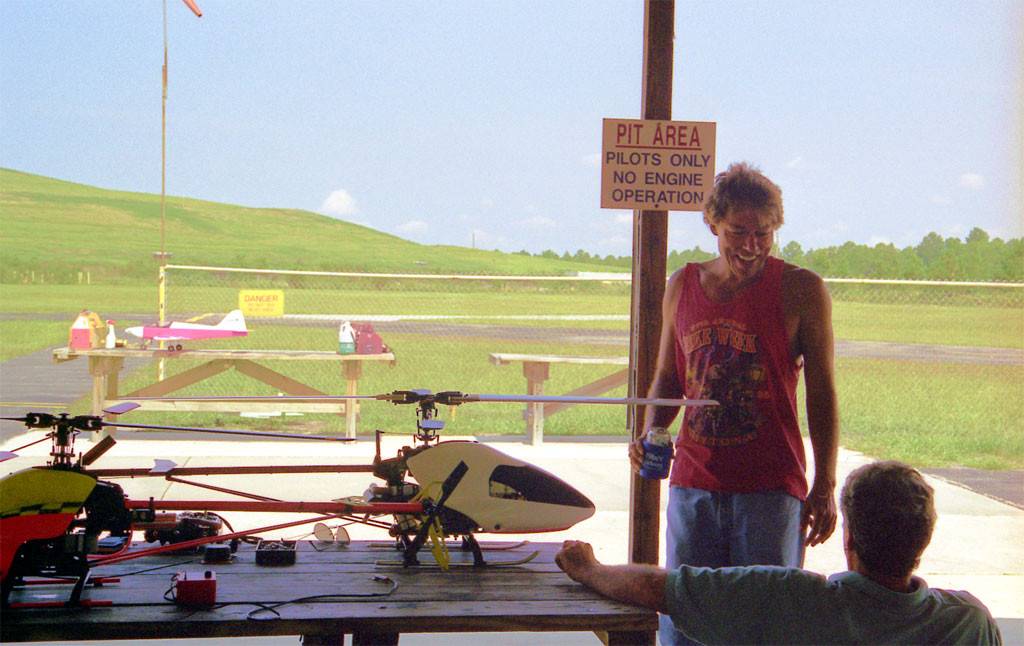805
« on: May 14, 2010, 01:56:46 PM »
Thanks for the replies. I am interested in balancing R8 and 5C machine spindles running in the 8,000 RPM range.
'Spin' balancers for tires (fairly crude actually) and similar devices for industrial dynamic balancing are designed to balance a 'disembodied' rotating part. There are balancing services that do this, the most obvious would be a tire store, but there are balancing shops where I could send the spindles out to be balanced . . . but where's the fun in that? It seems to me that it would be very useful for the Mach community to have an inexpensive but effective way to smooth out the operation of their CNC machines.
Strain gages are used for low RPM unrestrained shafts. A tire 'spin' balancer actually has one end of the shaft completely unsupported, but that application is under 1,000 RPM. I am not an expert in this field, but to my knowledge, higher speeds are done with constrained shafts and rely on vibration analysis.
In-place or 'field balancing' (pumps, motors, fans, etc) relies on vibration analysis. This is done with accelerometers which detect minute movements . . probably several orders of magnitude more sensitive than a proximity sensor, I would imagine. There are basically two methods (that I know of). Both methods use accelerometers attached to the machine. The more sophisticated method uses two accelerometers 90 degrees apart and also a photo (or proximity) sensor to count revolutions (and create a ref azimuth). These devices then tell exactly where and how much weight to add, and can do each end of the shaft separately, but simultaneously.
I am not expecting to mimic this type of balancer. The simpler form has one accelerometer and a strobe. It simply fires a strobe in responce to the vibration, thereby identifying the imbalance spot, but without quantification. In the hands of a very experienced person, only a few 'better/worse' iteration usually get the machine dialed in pretty close.
Accelerometers can be digital or analogue. A simple analogue 3 axis accelerometer is contained in a single IC and is about 20 bucks. These can be hooked up to a scope and the magnitude of the imbalance read directly. What is needed then is a trigger for a strobe. I have been talking to a company than makes an inexpensive USB oscilloscope and that looks promising, but I think it can be done for 'free' with Mach if there is someone out there with the combination of electronics and Mach3 knowledge to do it. I would be willing to work it out and share the process, but while I can contribute to the project, I do not have all of the knowledge needed, hence this thread.


